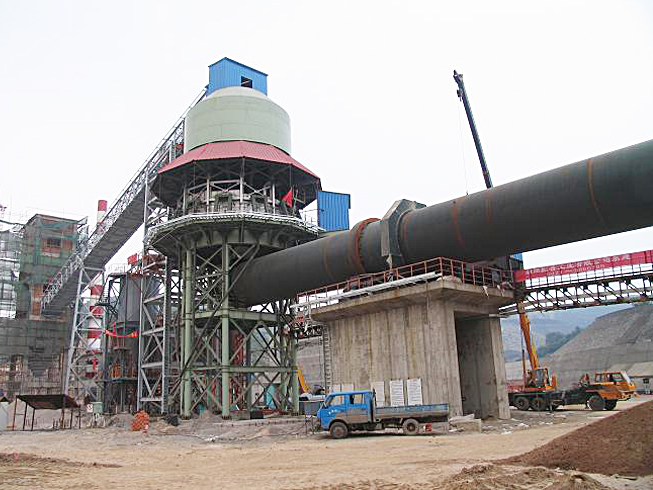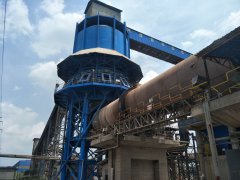The Aluminum Oxide Rotary Kiln is a pivotal component in the industrial production of aluminum oxide, also known as alumina, a versatile material with applications spanning various industries. This rotary kiln, designed for the thermal processing of raw materials, plays a crucial role in the transformation of aluminum-bearing compounds into high-purity aluminum oxide.
Design and Structure:
The aluminum oxide rotary kiln is characterized by a rotating cylindrical shell, typically inclined at a slight angle to the horizontal. Lined with refractory materials to withstand extreme temperatures, the kiln is designed to facilitate the continuous movement of raw materials through the process.
Alumina Production:
The process begins with the introduction of aluminum-bearing raw materials, commonly bauxite or kaolin, into the rotary kiln. These raw materials undergo a series of thermal reactions, including the removal of water, carbonates, and other volatile components. The ultimate goal is the production of aluminum oxide, the primary component of alumina.
Thermal Processing:
As the raw materials progress through the aluminum oxide rotary kiln, they are subjected to controlled high temperatures. This thermal treatment triggers chemical transformations, resulting in the decomposition and transformation of aluminum compounds into aluminum oxide. The carefully regulated conditions within the kiln ensure the production of high-purity alumina suitable for diverse industrial applications.
Applications:
Aluminum oxide, produced through the rotary kiln process, finds extensive use in various industries. In the metallurgical sector, high-purity alumina is employed in the production of aluminum metal through the electrolytic process. Additionally, alumina is a key component in the manufacturing of abrasives, ceramics, refractories, and as a feedstock for the production of synthetic sapphires.
Quality Control:
Precise control over factors such as temperature, residence time, and atmosphere within the aluminum oxide rotary kiln is paramount for achieving the desired purity and characteristics of the final alumina product. Quality control measures ensure that the alumina meets stringent industrial specifications.
Conclusion:
In summary, the Aluminum Oxide Rotary Kiln is an essential apparatus in the production of high-purity alumina, contributing significantly to various industries. Its role in the controlled thermal processing of aluminum-bearing raw materials ensures the production of alumina with specific qualities required for diverse applications. Ongoing advancements in kiln technology aim to enhance efficiency, sustainability, and the quality of alumina production in response to evolving industrial needs.



